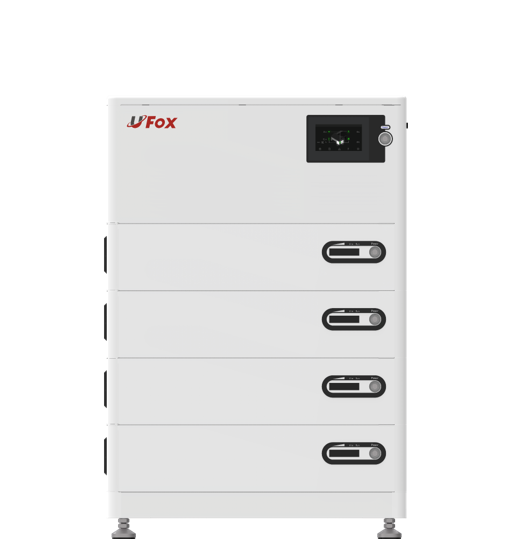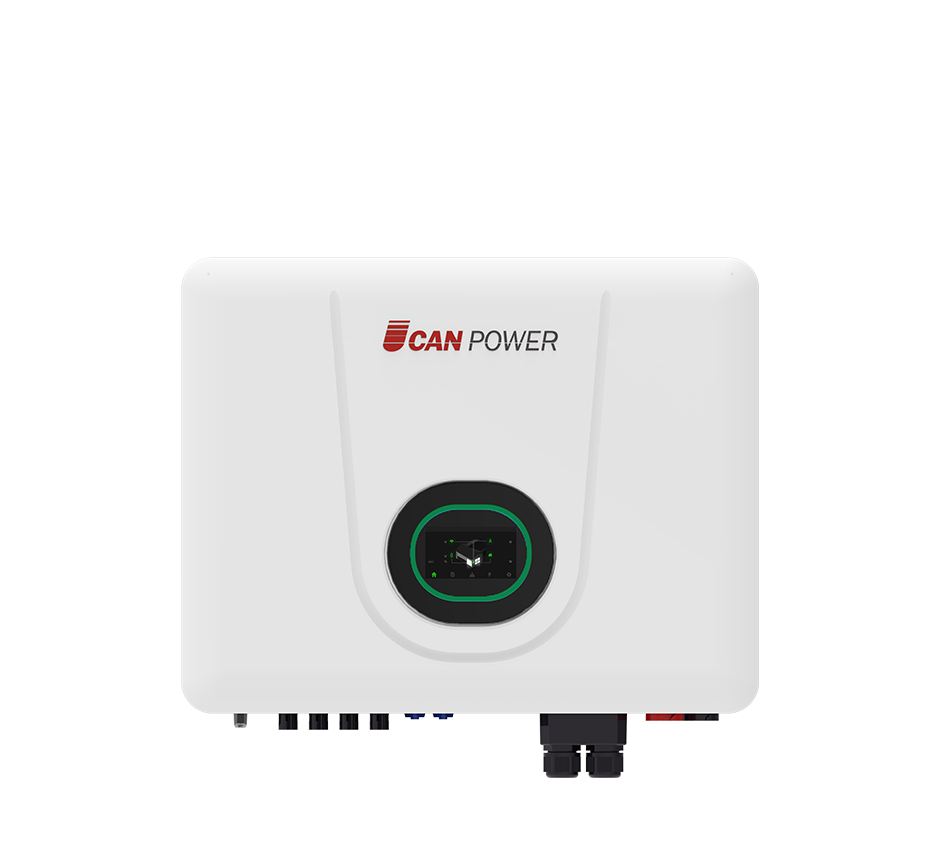Introduction
These solutions combine various solar technologies and components to provide a comprehensive and efficient approach to meeting energy needs. This article will explore the concept of integrated solar energy solutions, their benefits, components, applications, and future prospects.
I. Understanding Integrated Solar Energy Solutions
Integrated solar energy solutions refer to the combination of different solar technologies and systems to create a holistic approach to energy generation, storage, and consumption. These solutions typically include solar photovoltaic (PV) panels, solar thermal systems, energy storage devices, and smart energy management systems. By integrating these components, it is possible to maximize the efficiency and effectiveness of solar energy utilization, while also providing a reliable and sustainable source of energy.

II. Benefits of Integrated Solar Energy Solutions
Energy Independence
One of the key benefits of integrated solar energy solutions is the ability to achieve energy independence. By generating their own electricity and heat, users can reduce their reliance on the grid and fossil fuels, thereby reducing their carbon footprint and energy costs.
Cost Savings
Integrated solar energy solutions can also lead to significant cost savings over time. While the initial investment may be higher than traditional energy systems, the long-term savings in electricity and heating bills can offset the cost and provide a return on investment.
Environmental Sustainability
Solar energy is a clean and renewable source of energy that does not produce greenhouse gas emissions or other pollutants. By using integrated solar energy solutions, users can contribute to a more sustainable future and help reduce the negative impact of energy consumption on the environment.
Reliability
Integrated solar energy solutions can provide a reliable source of energy, especially when combined with energy storage devices. This can help ensure a continuous supply of electricity and heat even during power outages or other disruptions.
Flexibility
These solutions can be customized to meet the specific needs of different users and applications. Whether it's a residential home, commercial building, or industrial facility, integrated solar energy solutions can be designed to fit the unique requirements of each situation.
III. Components of Integrated Solar Energy Solutions
Solar Photovoltaic (PV) Panels
Solar PV panels are the most common component of integrated solar energy solutions. They convert sunlight into electricity through the photovoltaic effect. These panels can be installed on rooftops, walls, or in open fields to generate electricity for residential, commercial, or industrial use.
Solar Thermal Systems
Solar thermal systems use the sun's heat to generate hot water or air for heating and cooling purposes. These systems can be used in combination with solar PV panels to provide a comprehensive approach to energy generation and consumption.
Energy Storage Devices
Energy storage devices, such as batteries or thermal storage systems, are an important component of integrated solar energy solutions. They allow users to store excess energy generated by solar panels or solar thermal systems for use during times when the sun is not shining or when energy demand is high.
Smart Energy Management Systems
Smart energy management systems are used to optimize the performance of integrated solar energy solutions. These systems can monitor energy production and consumption, control the operation of solar panels and other components, and manage energy storage and distribution.

IV. Applications of Integrated Solar Energy Solutions
Residential Homes
Integrated solar energy solutions can be used in residential homes to provide electricity, hot water, and heating. By installing solar PV panels on the roof and a solar thermal system for hot water, homeowners can reduce their energy bills and increase their energy independence.
Commercial Buildings
Commercial buildings, such as offices, factories, and warehouses, can also benefit from integrated solar energy solutions. These solutions can help reduce energy costs, improve environmental sustainability, and enhance the reliability of energy supply.
Industrial Facilities
Industrial facilities, such as manufacturing plants and refineries, have high energy demands and can benefit from integrated solar energy solutions. By using solar PV panels and solar thermal systems, these facilities can reduce their reliance on fossil fuels and lower their energy costs.
Off-Grid Applications
Integrated solar energy solutions are also ideal for off-grid applications, such as remote cabins, RVs, and boats. These solutions can provide a reliable source of electricity and heat without the need for grid connection.
V. Future Prospects of Integrated Solar Energy Solutions
Technological Advancements
As technology continues to advance, integrated solar energy solutions are expected to become more efficient, cost-effective, and reliable. New materials and manufacturing processes are being developed to improve the performance of solar panels and other components, while energy storage technologies are becoming more advanced and affordable.
Increased Adoption
With the growing awareness of environmental issues and the need for sustainable energy sources, the adoption of integrated solar energy solutions is expected to increase in the coming years. Governments and organizations around the world are implementing policies and incentives to promote the use of solar energy, which will further drive the growth of this market.
Integration with Other Energy Sources
Integrated solar energy solutions are likely to be integrated with other energy sources, such as wind power, hydro power, and geothermal energy, to create a more diverse and sustainable energy mix. This will help ensure a reliable supply of energy and reduce the dependence on any single energy source.
Smart Grid Integration
As the smart grid continues to evolve, integrated solar energy solutions will play an important role in grid stability and reliability. These solutions can be integrated with smart grid technologies to provide real-time monitoring and control of energy production and consumption, enabling more efficient use of renewable energy sources.
Conclusion
Integrated solar energy solutions offer a promising approach to meeting the world's energy needs in a sustainable and cost-effective way. By combining different solar technologies and components, these solutions can provide a comprehensive and efficient approach to energy generation, storage, and consumption. With the continued advancements in technology and the increasing adoption of sustainable energy sources, integrated solar energy solutions are expected to play an increasingly important role in the future of energy.
